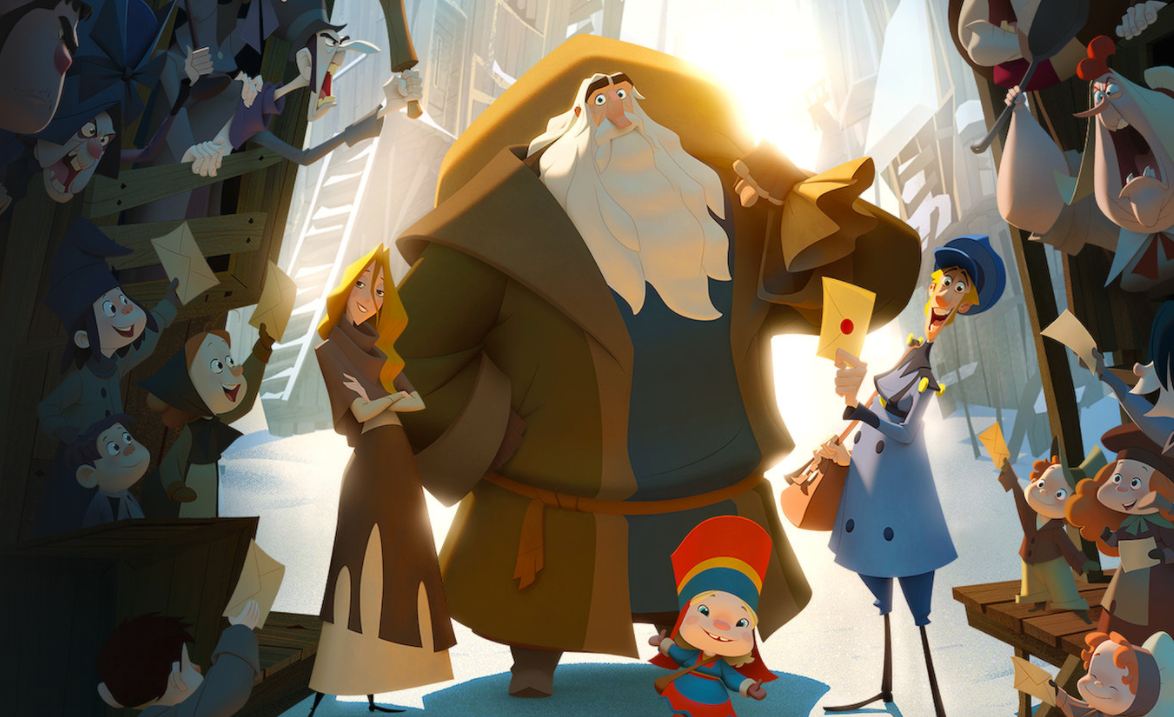
With the help of the American video streaming service Netflix, the Spaniard Sergio Pablos has managed to make the hand-drawn animation film a success again with an innovative technique. According to Netflix’s figures, his Christmas film Klaus was watched by more than thirty million people within just a few weeks, and on 2 February it was nominated for the British Academy Film Awards for the best animated film. For Pablos, this is a dream come true.
So what’s so special about this new cartoon? In Klaus, animator Pablos not only transforms a remote island, he also provides impulses in 2D animation. The hand-drawn character of Klaus appears 3D, but in reality it is not. Through special use of light and color, characters acquire depth and volume as in a 3D film, while at the same time preserving the nostalgia of a hand-drawn film.
Pablos started his career with Walt Disney before founding the Sergio Pablos Animation Studios (SPA) in Madrid in 2004, then broke through as one of the screenwriters of Despicable Me. More than fifteen years later he is celebrating a new international success with Klaus. The making of the film took a lot of effort. For a long time Pablos cherished the hope that big players like Walt Disney or Pixar would bring the hand-drawn animation film back to life. In vain. One day, he decided to do it himself.
Pablos put in a big effort with a project involving a total of more than three hundred people. He consciously pushed the limits of the traditional 2D medium to develop new techniques. The exact technical details remain secret, but what he developed is a mix of old-fashioned drawing and cutting-edge computer-controlled tools. Before that, he worked together with the makers of the Toon Boom Harmony software.
With Klaus, Pablos succeeded in creating a hand-drawn animation film in which shadows and light constantly adapt to their surroundings, creating depth and dynamics. As a result, characters such as Santa Claus, Jesper the mailman and Alva the schoolgirl come more to life in the film than in traditional 2D animations. The various storylines are often set against moving backgrounds and constantly change color. Light plays a psychological game: Gloomy parts of the story take place in the shadows and positive scenes are literally highlighted.
Draughtsmen from 22 different countries – from Norway to Chilean Easter Island – were found to make Klaus. Not everyone believed in the new, costly techniques. When the first tests were shown to other studios in 2015, many saw the project as too risky. However, Netflix had confidence in it and invested in the Pablos project two years ago. Klaus was presented on 15 November as the first animated film of Netflix’s own making. To the delight of Pablos, tens of millions of viewers once again embraced the old-fashioned cartoon.
Now the next big question is whether 2D Klaus can beat the 3D competitors Frozen 2 and Toy Story 4 at the British Film Awards.








